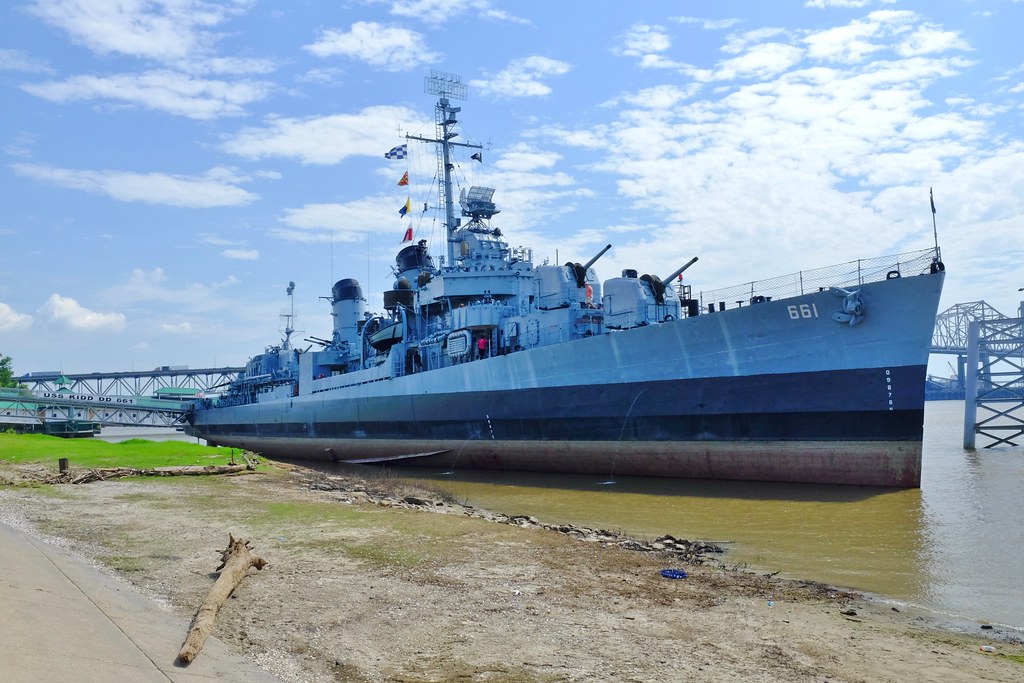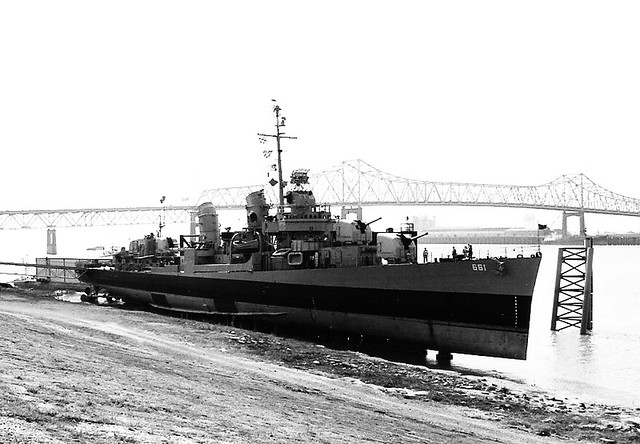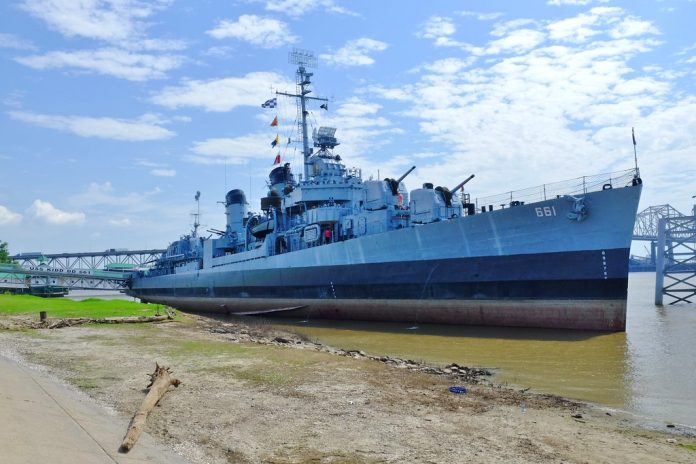
Following the dissolution of the Soviet Union, the global landscape entered a new phase of geopolitical complexity. In this context, on February 11, 1992, an underwater collision highlighted the ongoing distrust between the erstwhile Cold War foes. The USS Baton Rouge, a nuclear-powered Los Angeles-class attack submarine, and Russia’s Sierra-class B-276 Kostroma submarine collided near the Russian naval base at Severomorsk, an area of high strategic importance and naval operations.
Despite the official cessation of Cold War hostilities, U.S. naval operations continued to track Russian military maneuvers with a keen eye, engaging in intelligence-gathering missions that included tapping into Russian communication cables, part of an initiative codenamed “Operation Holy Stone.” The Baton Rouge was trailing the Russian sub when an unfortunate game of underwater cat-and-mouse turned literal as both vessels, previously blind to each other’s presence, collided approximately 12 miles offshore—an area the U.S. recognized as international waters but Russia considered its own.

The magnitude of the impact reflected the enormity of the machines involved—a 9,000-ton Russian nuclear sub making contact at 8 mph with the American vessel. The Baton Rouge, sporting a single hull, sustained significant damage, including heavy scratches and a torn ballast tank, prompting serious concern as any further breach could have been catastrophic. Conversely, the Kostroma emerged with a battered conning tower, evidence of the collision’s force.
Initially, the U.S. Defense Department’s acknowledgment of the incident broke from traditional silence on such matters, highlighting the event’s gravity. It further prompted a high-level discussion between U.S. Secretary of State James Baker and Russian President Boris Yeltsin, leading to an eventual curtailing of certain U.S. naval activities near Russian bases.

Repair and refit outcomes diverged significantly for the two submarines following the collision. The Kostroma returned to service by June 1992, later receiving a major upgrade in 2005, and eventually joined the reserve fleet. Its sailors even inscribed a “kill” marking on the conning tower to commemorate their perceived victory over the Baton Rouge. The American sub, however, faced a different fate. Already due for refueling, it was deemed uneconomical to repair and consequently decommissioned, becoming the first Los Angeles-class submarine to be stricken from the Naval Vessel Register.

